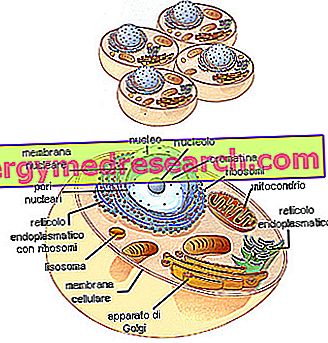Definition
The chondroma is a benign tumor of the skeleton, which derives from the neoplastic transformation of hyaline cartilage cells. This lesion especially favors the small bones of the hands and feet and the metadiaphysis of the long bones (femur and humerus).
The chondroma can be single (or solitary) or multiple (chondromatosis of Ollier and Maffucci syndrome). It can also develop inside the bone, expanding it (in this case we speak of encondroma), or developing towards the outside (eccondroma, very rare).
Most common symptoms and signs *
- Foot pain
- Hand and wrist pain
- Bone pain
- Bone fractures
- Nodule
- Bone swelling
Further indications
In most cases, the chondroma is asymptomatic and is identified randomly during radiographic examinations performed for other reasons.
Over time, the condition can cause a bulging or bony or cartilaginous bulge. In a more advanced state, chondromes can cause deformities in the region involved, sometimes accompanied by a slight pressure pain. In localizations to small bones of the hands and feet, the lesion can cause deformities or repeated pathological fractures.
The presence of chondroma can be confirmed by clinical evaluation of the patient and X-ray, computed tomography, magnetic resonance imaging or bone scintigraphy. If the tumor is painful, a biopsy may be indicated for the differential diagnosis.
As for the treatment, small chondromes do not require immediate intervention, although it is important to follow their evolution over the years through periodic radiographs. When the tumor is symptomatic, instead, surgical removal of the affected bone segment by curettage or total resection may be indicated.



